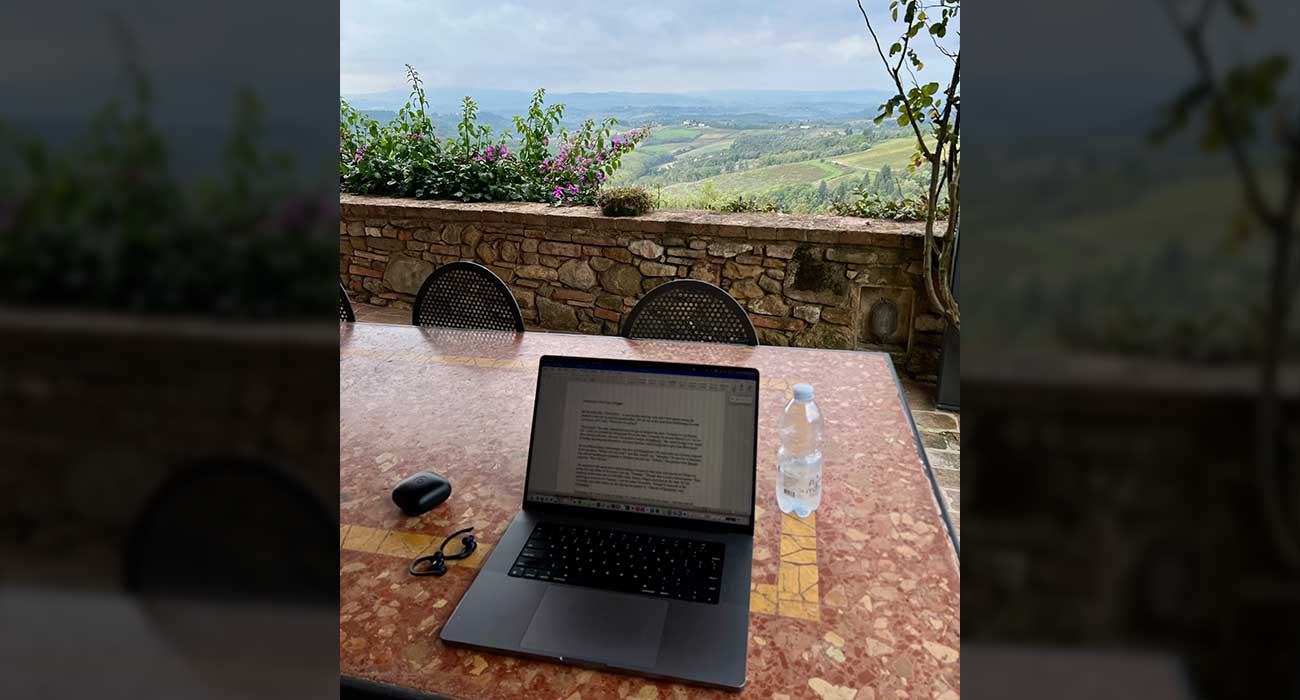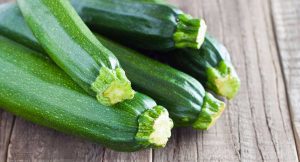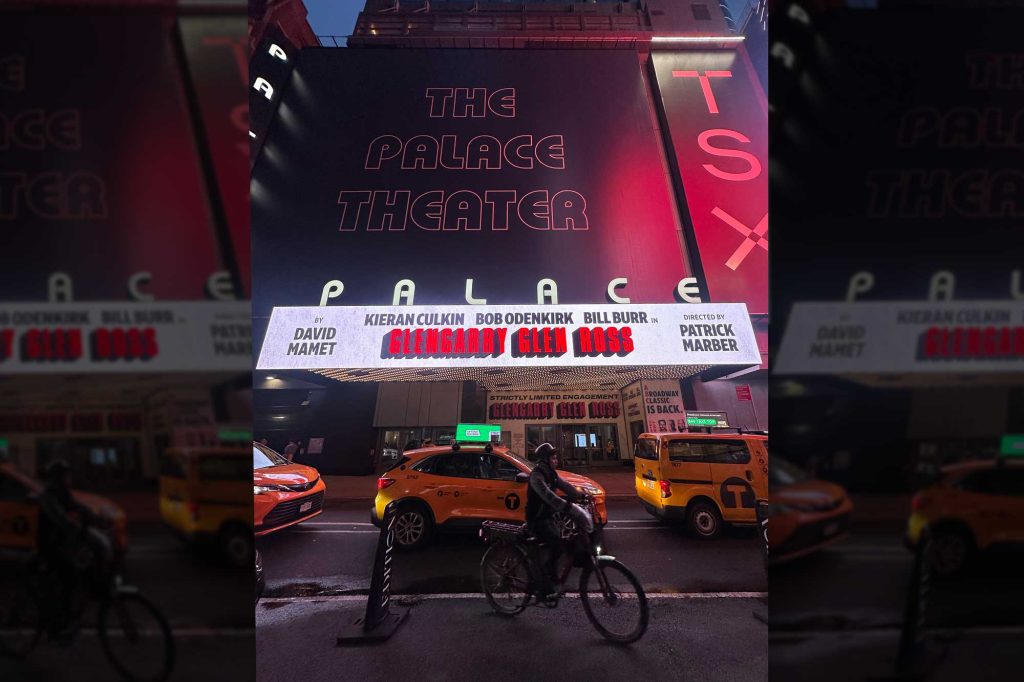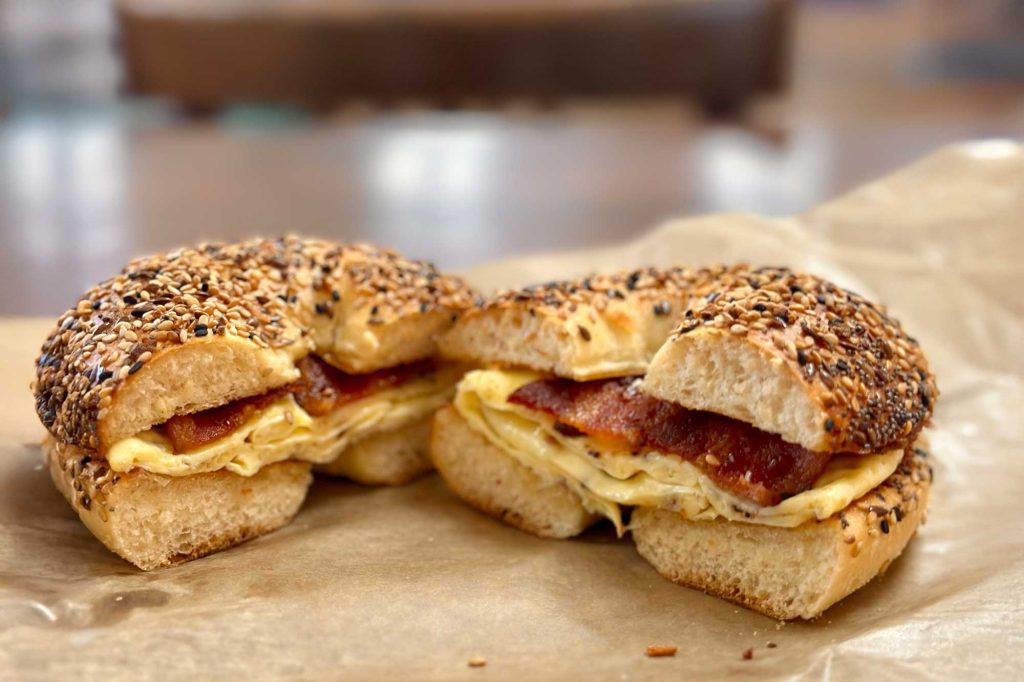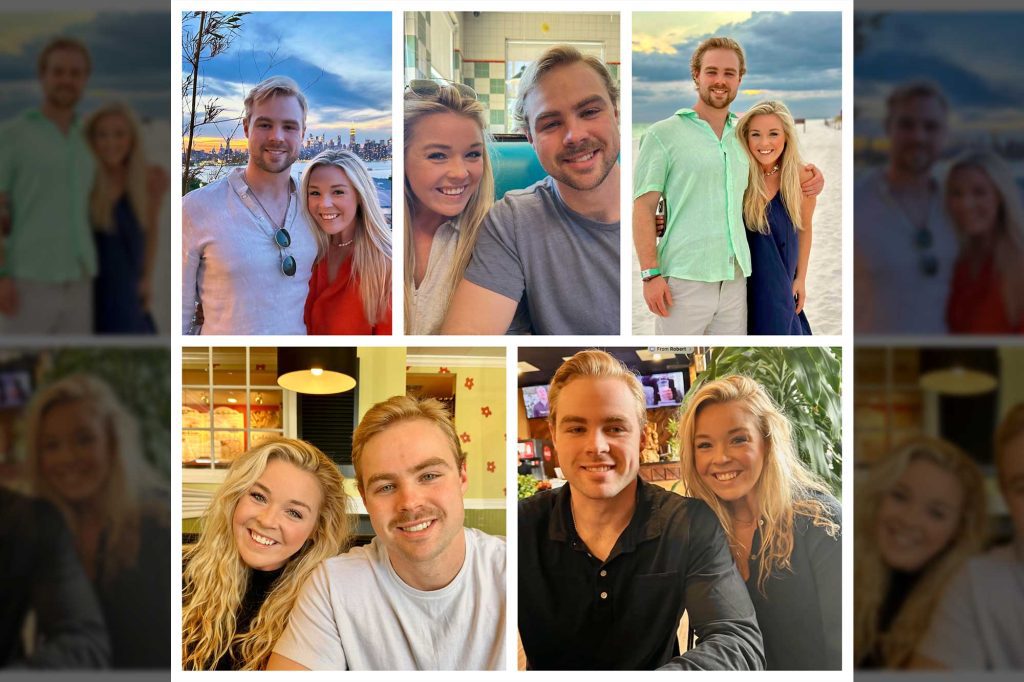PETROGNANO, TUSCANY— A few months after my wife and I started dating, she wanted me to meet her grandmother. We set out on the road from Hattiesburg to north Louisiana, and I asked, “Where are we going?”
“Shreveport,” she said. Around the time we got to Jackson, she said, “Actually, it’s in Minden, Louisiana.” After we crossed the Mississippi River, she said, “It’s really closer to Ruston.” When we reached the outskirts of Ruston, she said, “It’s just a little outside of Homer.” She wasn’t trying to be vague or hiding anything, but the easiest and more familiar initial waypoint to give was Shreveport which was 50 miles away from the actual destination.
It’s no different than citizens of Germantown, TN, who— when out of town— respond to the question, “Where are you from?” by simply saying, “Memphis.” If you live in Marietta, GA, and speak to someone in New York, you say, “Atlanta.” The person from Metairie answers, “New Orleans.”
The question I am asked most when working overseas is, “Where will you stay?” When I’m doing this particular tour, I just say, “Tuscany.” Though that is a very broad answer. That response covers any of the 100 cities, towns, villages, and dots on the map. If I speak to someone in Tuscany, I use the name Tavarnelle. Though if someone in the Tavarnelle area asks where I am staying, the answer is, “Outside of Barberino, near Petrognano.”
Petrognano isn’t even a town or village. It’s more of a small dot on a map— though not even on all maps— and nothing more than a one-mile stretch of road with a dozen farmhouses and a villa. It’s remote, and that is why I am here. I’ve been coming to this part of Tuscany since I discovered it in 2011. The villa we rent is very remote. It’s the last house at the end of a nondescript, bumpy gravel road that overlooks nothing but grapes and olives for 30 miles to the west. When I host groups here, we are the only tourists the locals see.
At least Petrognano is still here. The city of Semifonte has been erased from the map completely.
Once a week, I take my guests on a casual stroll through the Tuscan countryside. We start in Petrognano and walk a mile up the road to a small chapel in the middle of nowhere. It’s more than just a morning walk-through. That one-mile stretch of road covers from prehistory through World War II.
Millions of years ago, this area was underwater as the Mediterranean stretched far inland. We have found dozens of fossils embedded in the roadside embankments, under the olive trees, and among the grapevines. Up from the villa, at the top of the hill, is an Etruscan tomb that dates back 700 years BC.
The Germans set up a small headquarters at the main villa in Petrognano during the second world war. The cypress trees that line the road leading to the villa still bear scars from where the German soldiers partially cut them, planning to fell the trees when the allies advanced. Fortunately, the Allied advance was too swift, and the Germans had to retreat quickly. The cypress are still standing.
Up the road from that villa is a spring dedicated to Saint Catherine of Siena, who once stopped there. Mothers nursing their babies still come and drink from that spring for good health. There’s a beautiful monument built there that’s over 500 years old.
At the top of the hill is the Chapel of Saint Michael, an exact 1:8 scale replica of Brunelleschi’s dome in Florence. It’s there to commemorate Semifonte. The town that once stood strong in this area.
Semifonte was a thriving city of 15,000 inhabitants located exactly halfway between the rival cities of Florence and Siena. Semifonte grew quickly as it was situated along a vital trade route. Florence saw Semifonte as a threat and tried to take the city by force.
The citizens of Semifonte outlasted the Florentines for three years living inside their walls. Eventually, through some type of bribe from the inside, the Florentine army was able to gain access to the city and completely destroy the city. And when the historians mention “completely destroy,” they mean it in a literal sense. They wiped it out to the point that nothing remaining from a city of 15,000— in an area that loves to protect its history— stands today.
All the bricks and stones were taken and used to build the medieval town of Barberino just a couple of miles away. The local legend says the Florentines salted the fields so nothing would ever grow here. There are no descendants known from Semifonte. To make sure nothing was ever built there again, Florence erected several towers in the area to keep watch and make sure nothing returned. One of those towers is part of the villa in which we stay.
I love the morning walk we do with our guests because it describes how a one-mile stretch of road in this part of the world contains so much history. It reminds me that everywhere I drive in the Tuscan region has a story and history behind it.
The road that runs through the neighboring towns of Tavernelle and Barberino is the Via Roma. It’s the road that leads from Florence to Rome. Many sections of that road seem nondescript, with nothing apparently spectacular. However, that is the road that Michelangelo traveled when heading to Rome to paint the Sistine Chapel. The road is so old that when Jesus was walking in Jerusalem, people were also walking on the Via Roma.
There are a lot of magpies in this area. Some cultures see magpies as bad luck. Others tell of magpies stealing jewelry and other trinkets as they are said to be attracted to shiny things and collect shiny things. Sometimes I feel like a magpie. Not in the bad luck since, but in the attracted-to-the-shiny-things sense. It’s easy to travel to Italy and want to see Michelangelo’s David or the Sistine Chapel. Those are most definitely “shiny things.” They are beautiful and historic and deserve to be admired. But in this part of the world, there is so much more. I like to dig deep. I like to live where the locals live, eat where the locals eat, shop where the locals’ shop, and— at least for a few weeks out of the year— live as the locals live. I love taking a deep dive into the Tuscan culture. Things are different here, and that’s a good thing.
Over the years, I have made many friends here. Some have come to see us in America. Others will visit in the coming years. In the meantime, I’ll keep introducing some shiny things to Americans as long as they want to keep traveling. But we will also dig deep into the people, places, food, and culture of this wonderful and history-filled part of the world. That’s where the true life is today.
Onward.
